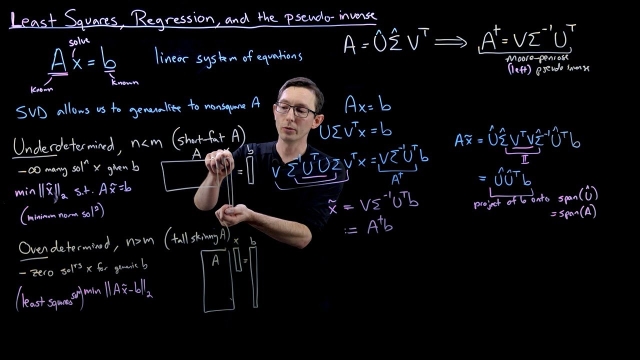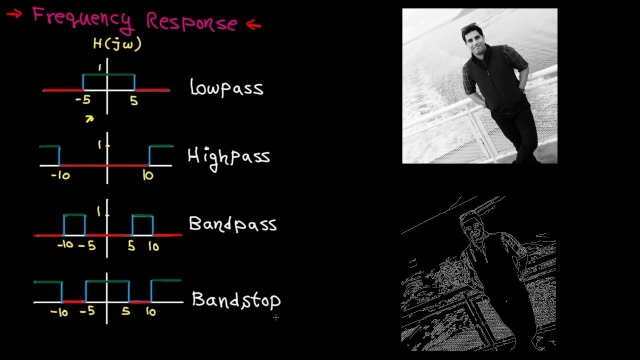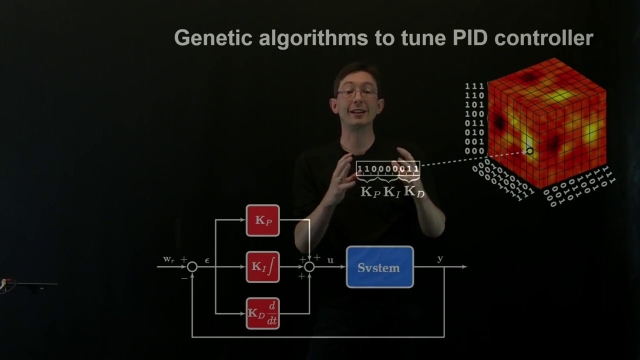
Second Order Dynamics in Process Control
How do we simulate two first order transfer functions in series, a inherently second order system, or two coupled differential equations? Tune in to find out!
See MoreStanford CS234: Reinforcement Learning | Winter 2019 | Lecture 5 - Value Fun...
Professor Emma Brunskill
Assistant Professor, Computer Science
Stanford AI for Human Impact Lab
Stanford Artificial Intelligence Lab
Statistical Machine Learning Group
See MoreDrone Simulation and Control, Part 3: How to Build the Flight Code
This video describes how to create quadcopter flight software from the control architecture developed in the last video. It covers how to process the raw sensor readings and use them with...
See MoreUnderstanding Model Predictive Control, Part 2: What is MPC?
Learn how model predictive control (MPC) works. Using a simple car example, this video provides insight into an MPC controller’s strategy for finding the optimal steering wheel angle to...
See MorePeter Ponders PID - Controlling non-integrating single pole system. Part 1 ...
Part 1 shows why P only control shouldn't be used because the set point or target is never reached.Part 2 shows why I only control shouldn't be used because ...
See MoreVisually Determining Transfer Functions
Process Control classes can get pretty hard to follow when you lose sight of what transfer functions really are. How do you get them in the first place?
See MoreRL Course by David Silver - Lecture 3: Planning by Dynamic Programming
Introduces policy evaluation and iteration, value iteration, extensions to dynamic programming and contraction mapping.
See MoreFourier Series: Part 1
This video will show how to approximate a function with a Fourier series, which is an infinite sum of sines and cosines. We will discuss how these sines and cosines form a basis for the...
See MoreControl Bootcamp: Cruise Control Example with Proportional-Integral (PI) co...
In this video, we show that introducing integral control reduces the steady-state tracking error to zero in the cruise control example. We also use a more sophisticated model for the...
See MoreDeploying Deep Learning Models | Deep Learning for Engineers, Part 5
This video covers the additional work and considerations you need to think about once you have a deep neural network that can classify your data. We need to consider that the trained network...
See MoreLecture 11: Transient Response and Numerical Problems
Gaussian/Normal Distributions
In this video we discuss the Gaussian (AKA Normal) probability distribution function. We show how it relates to the error function (erf) and discuss how to ...
See MoreTUTORIAL on Stability and Routh Hurwitz criterion
Control Bootcamp: Sensitivity and Robustness
Here we show that peaks in the sensitivity function result in a lack of robustness.
See MoreIntroduction to Bode Plots
In this video we introduce the concept of Bode plots including what they represent, how they are generated, as well as how to use Matlab tools to work with B...
See MoreFuzzy Logic, Part 3: Design and Applications of a Fuzzy Logic Controller
This video walks you through the process of designing a fuzzy inference system that can balance a pole on a cart. You can design a fuzzy logic controller using just experience and intuition...
See MoreTeaching resources for a reinforcement learning course
Teaching resources by Dimitri P. Bertsekas for reinforcement learning courses. The website has links for freely available textbooks (for instructional purposes), videolectures, and course...
See MoreA Nonlinear, 6 DOF Dynamic Model of an Aircraft: the Research Civil Aircraft...
In this video we develop a dynamic model of an aircraft by describing forces and moments generated by aerodynamic, propulsion, and gravity that act on the aircraft. This video outlines the...
See MoreLecture 25: Nyquist stability criterion
Matrix Completion and the Netflix Prize
This video describes how the singular value decomposition (SVD) can be used for matrix completion and recommender systems.
See MoreIntroduction to Deep Learning by Andrew NG [COMPLETE]
Andrew Ng's course on deep learning and neural networks.
See MoreLaplace domain – tutorial 5: Inverse Laplace transform
In this video, we cover inverse Laplace transform which enables us to travel back from Laplace to the time domain. We will learn how to use simple tricks alo...
See MoreLeast Squares Regression and the SVD
This video describes how the SVD can be used to solve linear systems of equations. In particular, it is possible to solve nonsquare systems (overdetermined or underdetermined) via least...
See MoreFrequency domain – tutorial 3: filtering (periodic signals)
In this video, we learn about filtering which enables us to manipulate the frequency content of a signal. A common filtering application is to preserve desi...
See MoreMachine Learning Control: Tuning a PID Controller with Genetic Algorithms
This lecture shows how to use genetic algorithms to tune the parameters of a PID controller. Tuning a PID controller with genetic algorithms is not generally recommended, but is used to...
See More
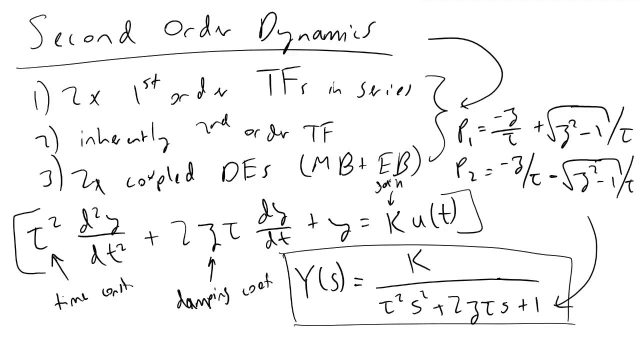
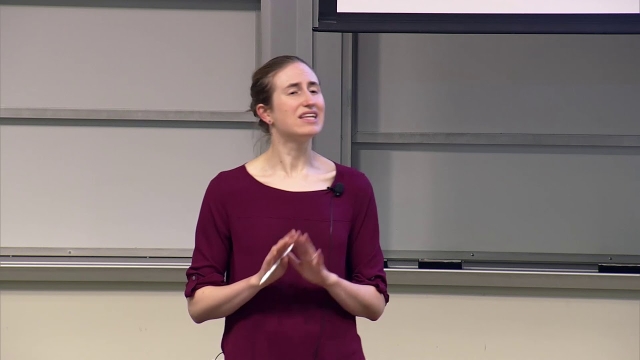
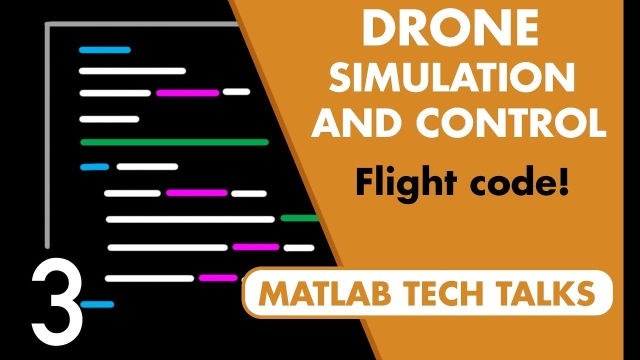
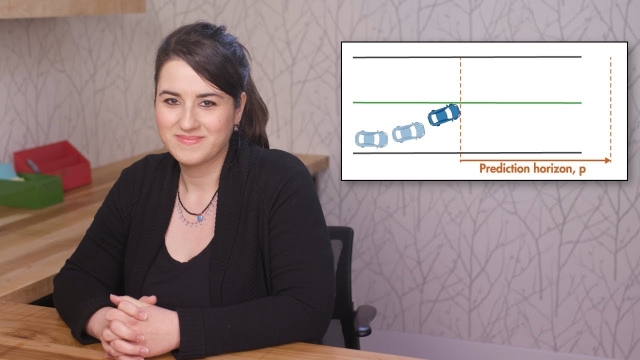
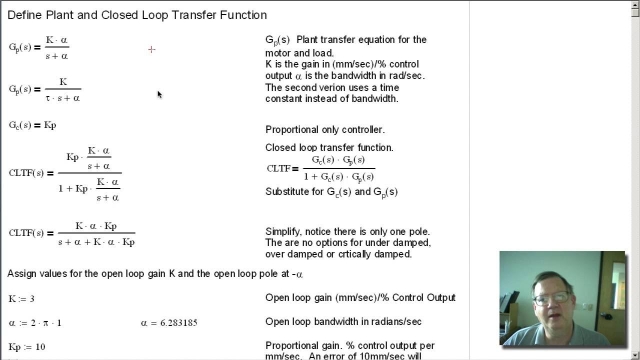
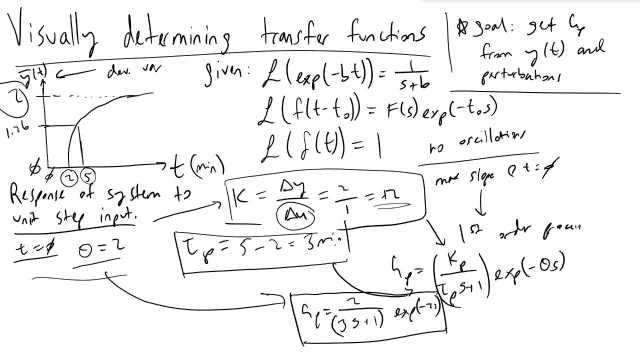
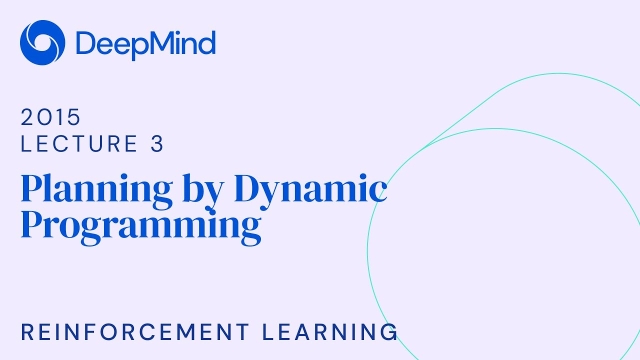
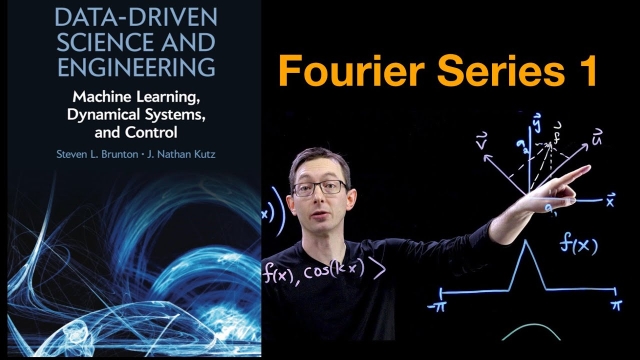
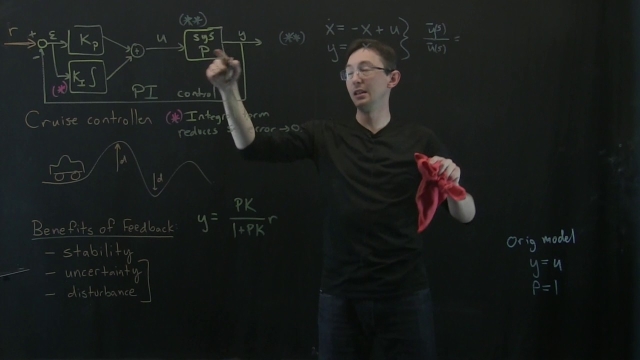
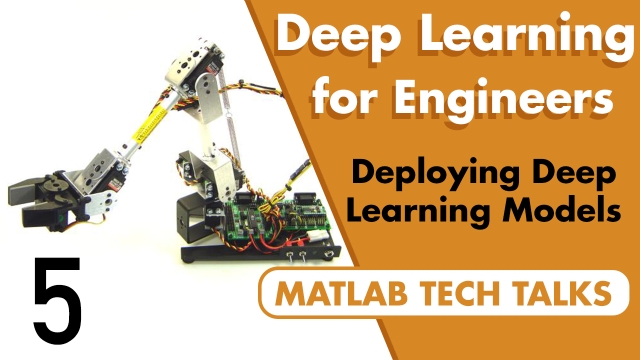

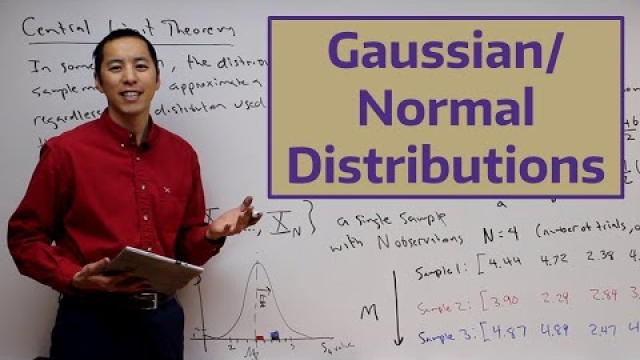
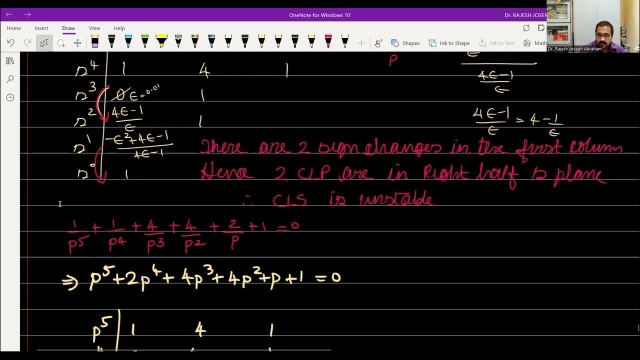
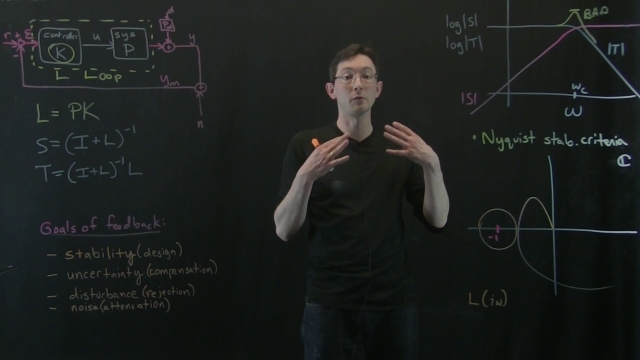
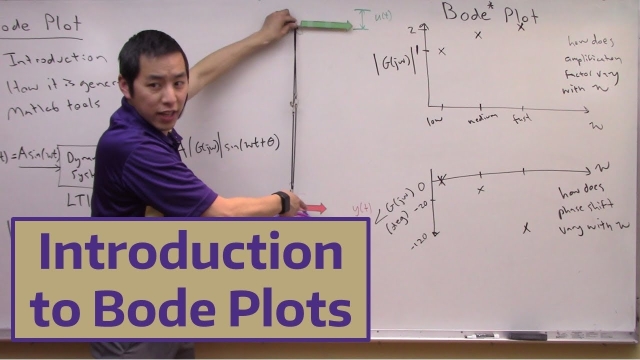


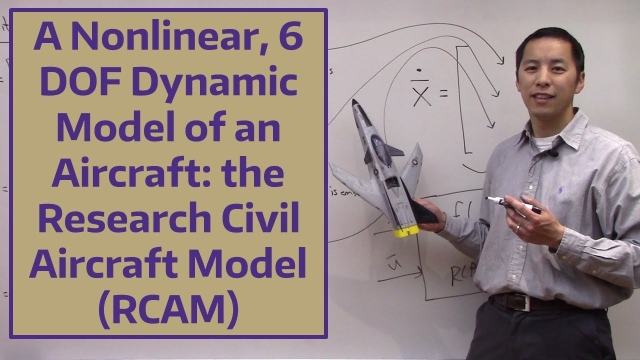

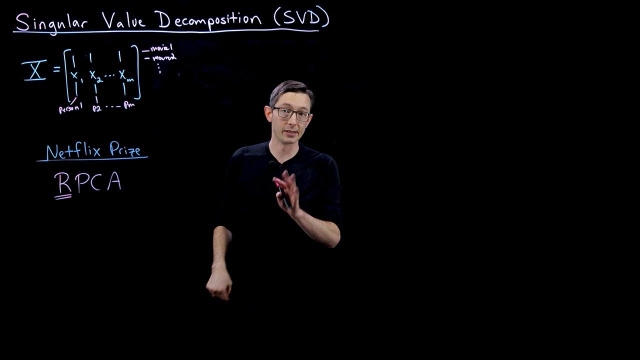
![Introduction to Deep Learning by Andrew NG [COMPLETE]](/sites/default/files/styles/search_resulkts/public/2022-01/intro_DL_0.jpg?itok=jS-vFChN)

